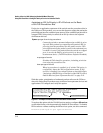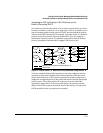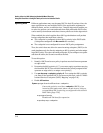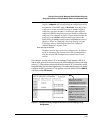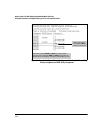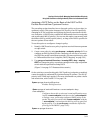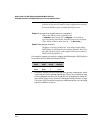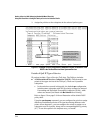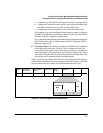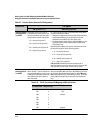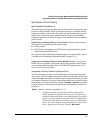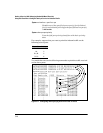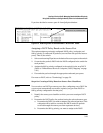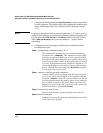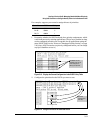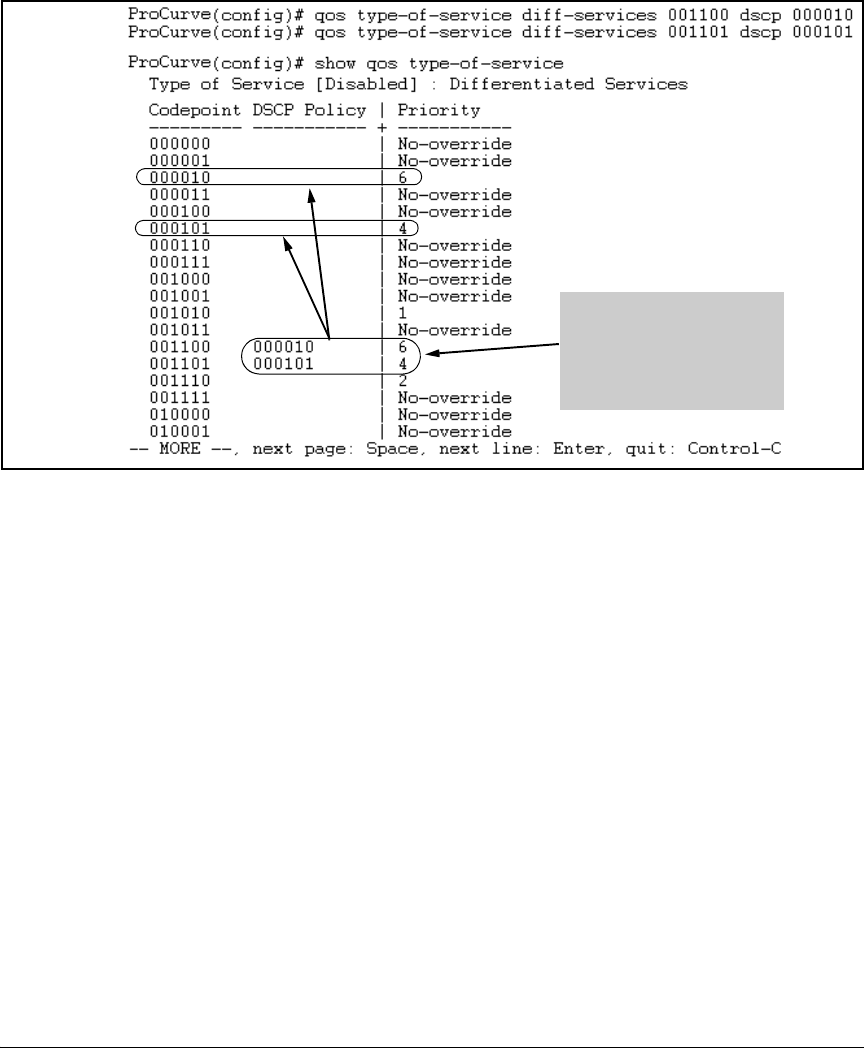
5-24
Quality of Service (QoS): Managing Bandwidth More Effectively
Using QoS Classifiers to Configure Quality of Service for Outbound Traffic
3. Assign the policies to the codepoints in the selected packet types.
Figure 5-9. Example of Policy Assignment to Outbound Packets on the Basis of the
DSCP in the Packets Received from Upstream Devices
Details of QoS IP Type-of-Service
IP packets include a Type of Service (ToS) byte. The ToS byte includes:
■ A Differentiated Services Codepoint (DSCP): This element is com-
prised of the upper six bits of the ToS byte). There are 64 possible
codepoints.
• In the switches covered in this guide, the default qos configuration
includes some codepoints with 802.1p priority settings for Assured-
Forwarding and Expedited Forwarding (codepoint 101110), while
others are unused (and listed with No-override for a Priority).
Refer to figure 5-9 on page 5-34 for an illustration of the default DSCP
policy table.
Using the qos dscp map command, you can configure the switch to assign
different prioritization policies to IPv4 packets having different code-
points. As an alternative, you can configure the switch to assign a new
codepoint to an IPv4 packet, along with a corresponding 802.1p priority
(0-7). To use this option in the simplest case, you would:
The specified DSCP policies
overwrite the original DSCPs
on the selected packets, and
use the 802.1p priorities
previously configured in the
DSCP policies in step 2.



